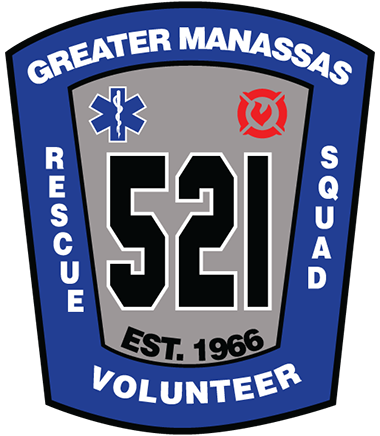
PSA: HEAT STROKE – Kids in Hot Cars
Since we are now in the “dog days of summer” (July 3rd to August 11th) which is typically the hottest part of the year, we thought it prudent to publish this important PSA regarding heat stroke and kids in cars.
Heat stroke begins when the core body temperature reaches about 104 degrees. A child can die when their body temperature reaches 107 degrees. In 2021, 23 children died of vehicular heatstroke. When children are left in or gain access to cars, temperatures as low as 57 degrees can become deadly in minutes. Even on mild or cloudy days, temperatures inside vehicles can reach life-threatening levels. Leaving windows slightly open does not help. Children should never be left unattended or be able to get inside a vehicle. Children are at a higher risk than adults of dying from heat stroke in a hot vehicle especially when they are too young to communicate. A child’s temperature heats up 3 to 5 times faster than that of an adult.
- About 46% of the time when a child was forgotten, the caregiver meant to drop the child off at daycare or preschool.
- Thursday and Fridays – the end of the workweek – have had the highest deaths.
- More than half of the deaths (54%)are children under 2 years of age.
Parents and caregivers should stick to a routine and avoid distractions to reduce the risk of forgetting a child. Place a purse, briefcase, or backpack in the backseat to force you to take one last look before walking away. Keep car doors locked so children cannot gain access and teach them that cars are not play areas. There is no safe amount of time to leave a child in a vehicle, even if you are just running a quick errand.
Warning signs vary, but may include:
- Red, hot, and moist or dry skin
- No sweating
- A strong rapid pulse or a slow weak pulse
- A throbbing headache
- Dizziness
- Nausea
- Confusion
- Being grouchy or acting strangely
ACT FAST…SAVE A LIFE…
If you see a child alone in a locked car, get them out immediately and call 9-1-1. A child in distress due to heat should be removed from the vehicle as quickly as possible and rapidly cooled.
References:
National Highway Traffic Safety Administration – www.safercar.gov
Safe Kid – www.safekids.org
Consumer Reports – www.comsumerreports.org
